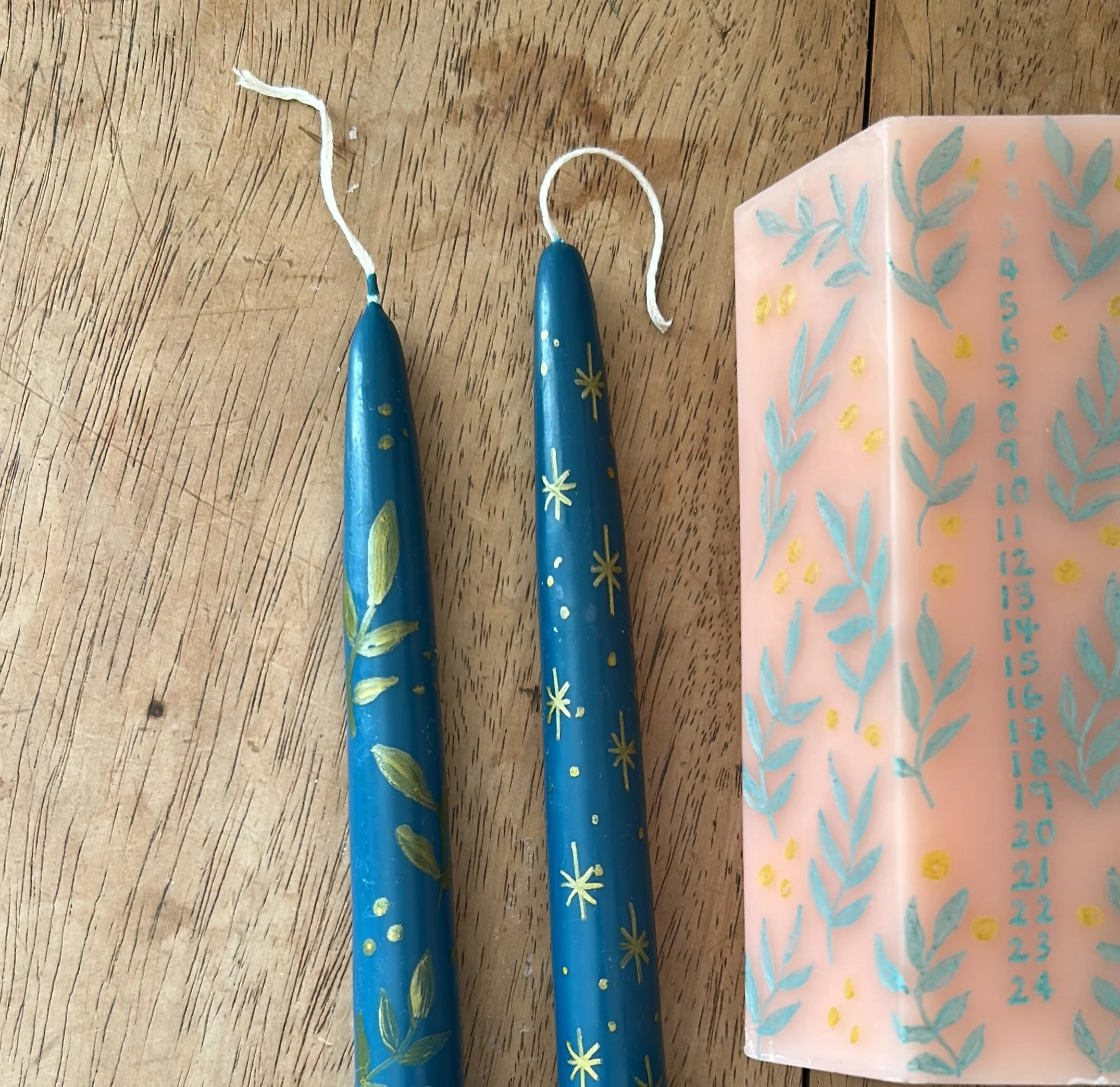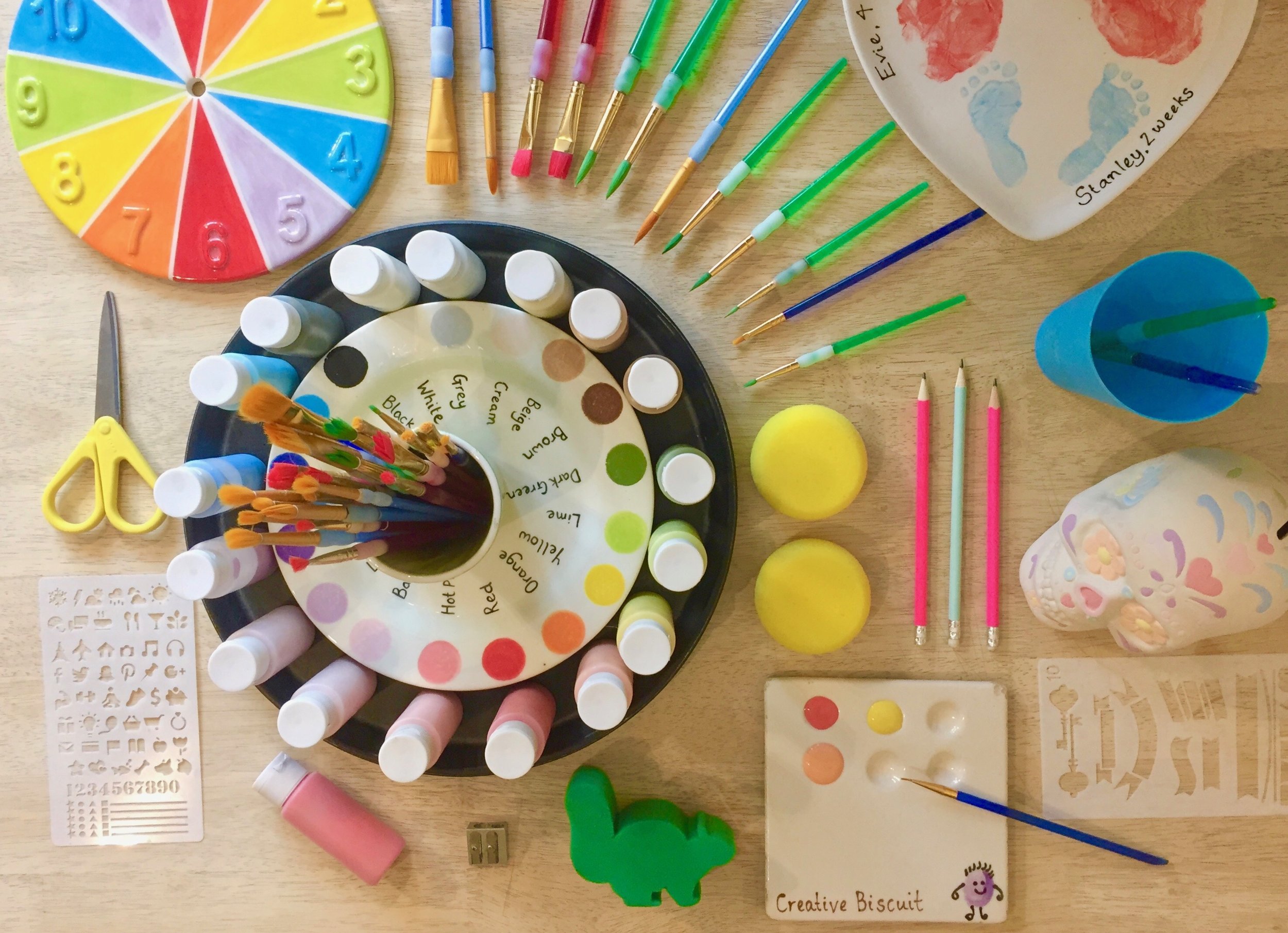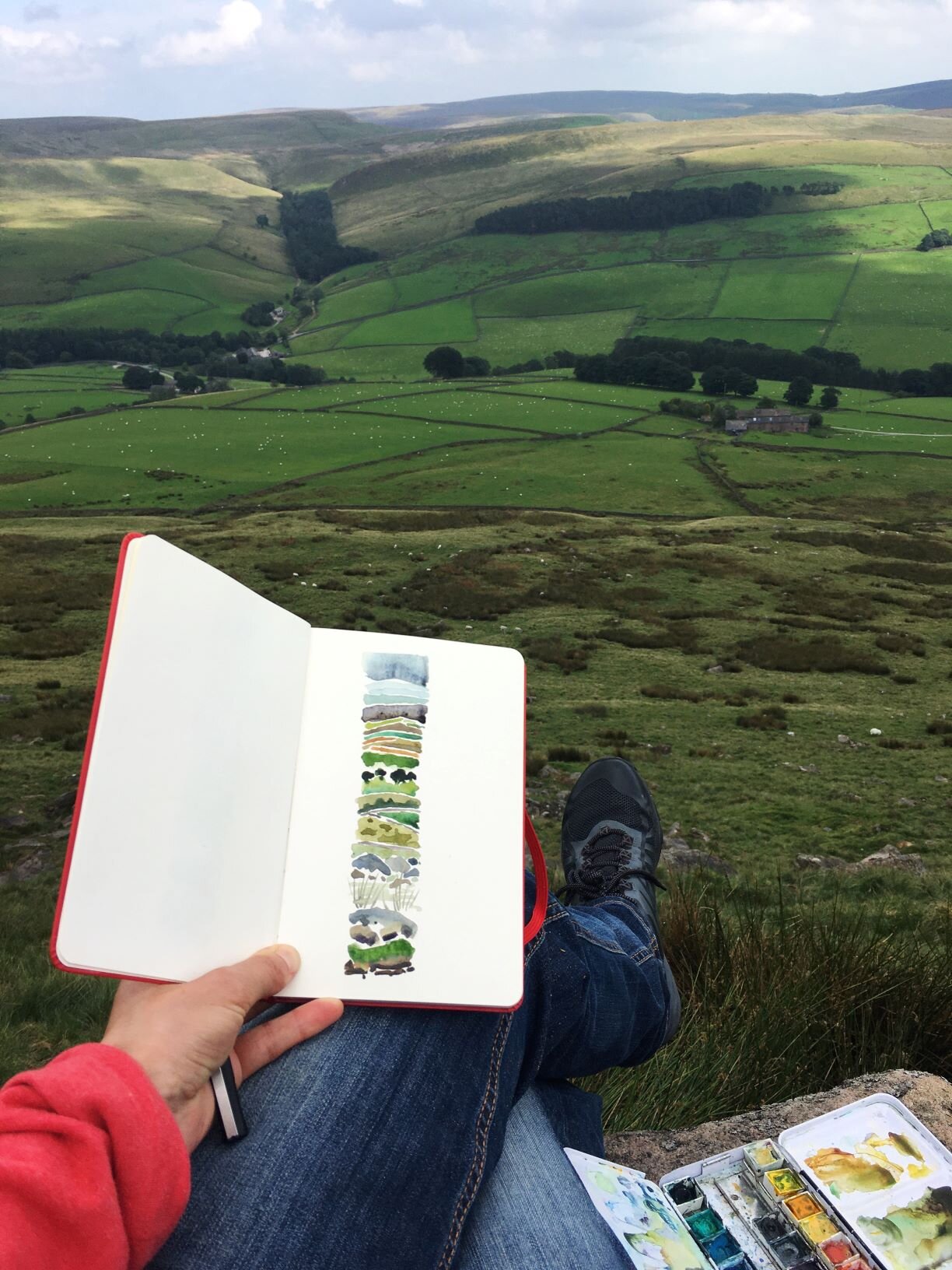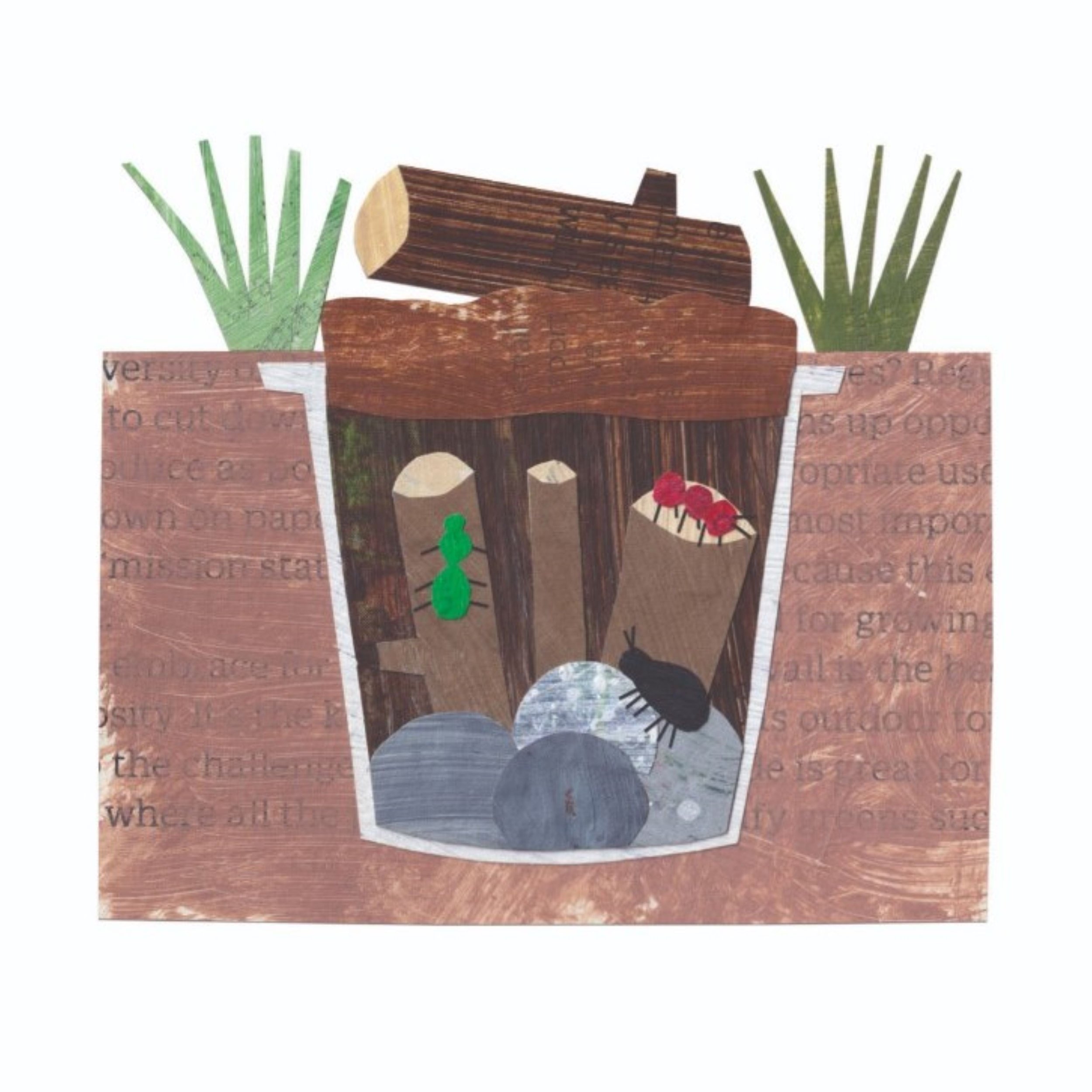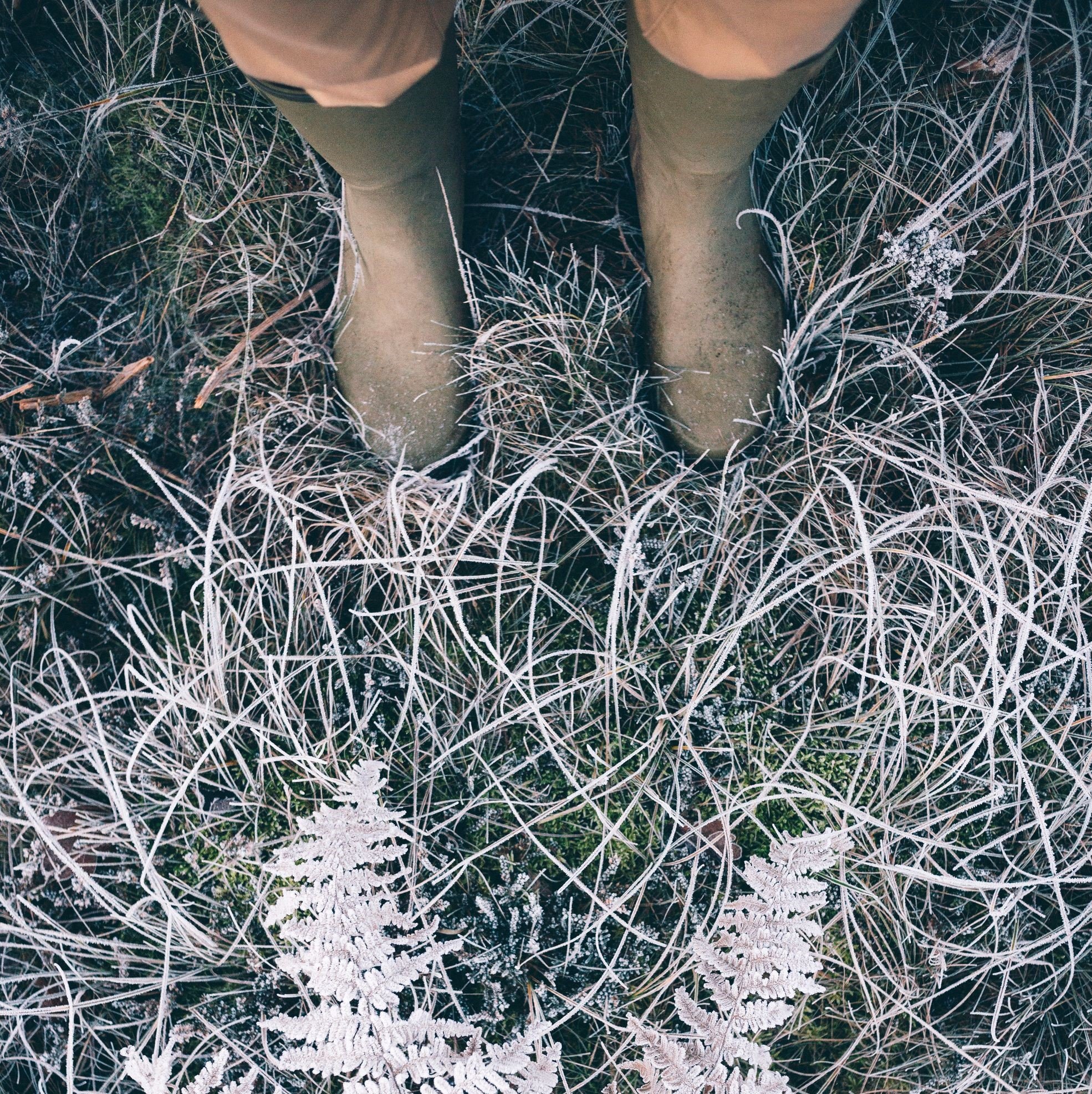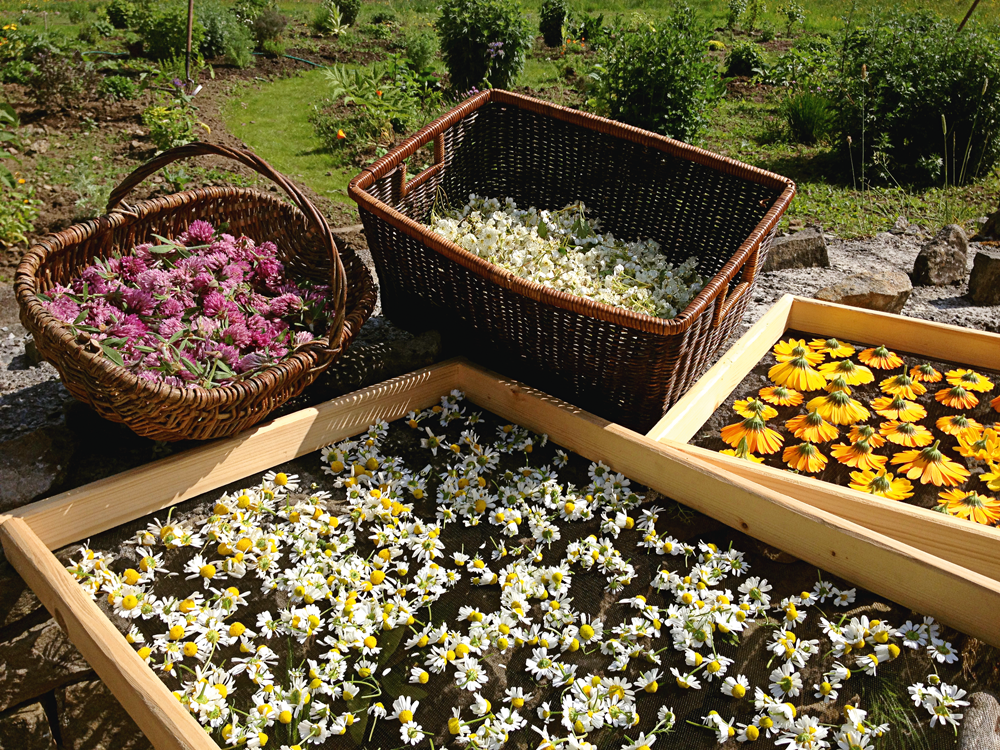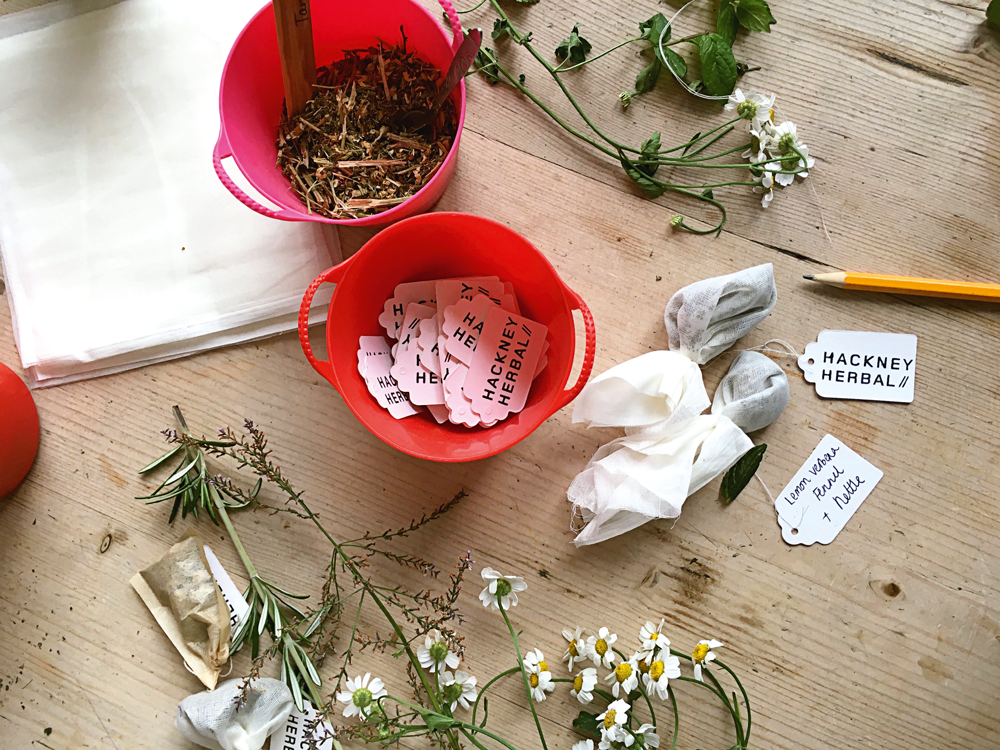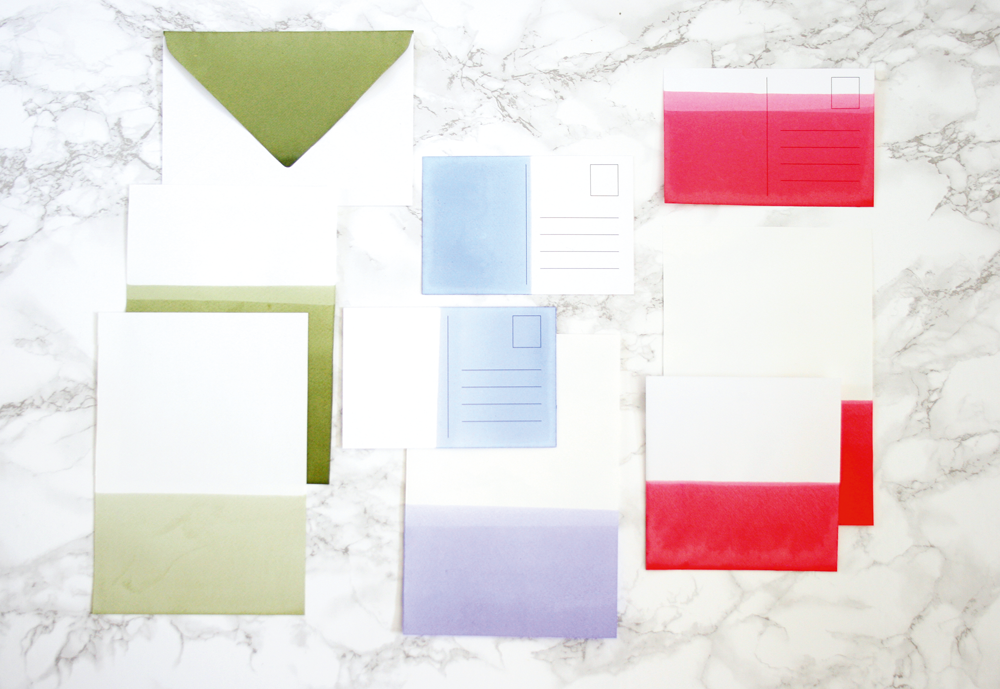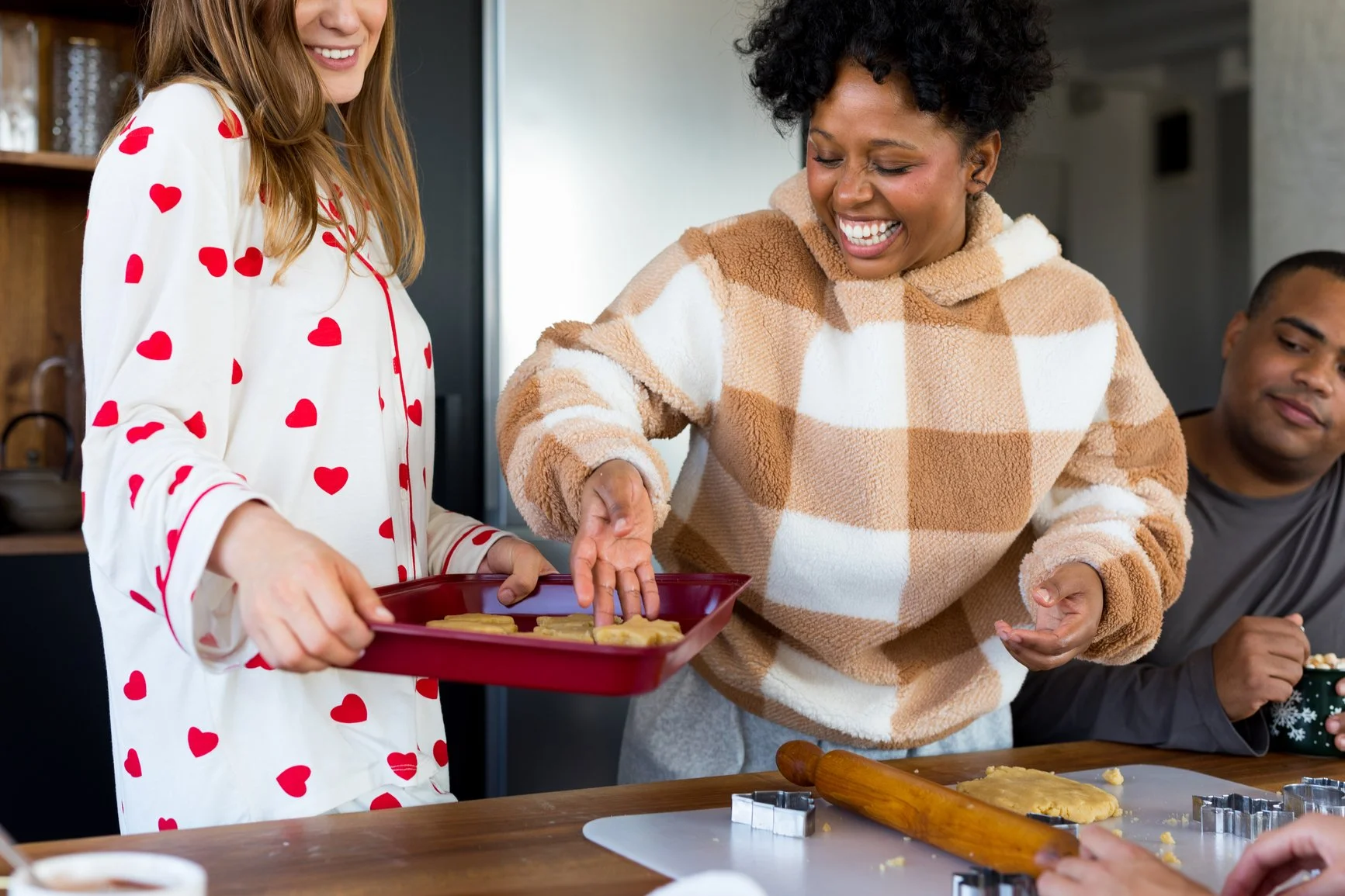Image by Getty
For some of us the now almost annual week’s heatwave is the best week of the year. But for those of us who ‘don’t do well in the heat’ it might not feel like cause for celebration. But rather than simply trying to ‘beat the heat’ we’ve found a few ways to embrace it and learn to love a heatwave.
Fake a week in the tropics
If it’s going to feel like the Bahamas you might as well enjoy the benefits of a beach holiday. Set up a paddling pool or plunge pool in the garden, pop some wave sounds on your iPod, grab a trashy novel and pour inadvisable cocktails - if you pop your Martini on a stool beside the pool you can squint a bit and imagine a swim-up bar situation. Bonus points if you happen to have a palm tree in your garden.
Shift your day earlier
Rise early and you can get your day’s activities done before the mercury goes mad. Get up with the sun, have a cool shower and find yourself at the lido or out in the park with the dog before the day is even begun. Then have a cool walk or do a few lengths and you can be leaving (smugly) well before the middle-of-the-day fools arrive. Pollen count is lower earlier in the day, too, it’s a good time of day for hay fever sufferers to get their stuff done.
Or shift it later
Invite friends over after dark for supper in the garden, or to a park picnic. By 8pm it’s usually starting to cool down and you may even get a little breeze over your alfresco dinner. Or move your beach barbecue from lunchtime to sundown. Because sunny days are all very well but, as Sandy and Danny said in Grease, “Oh… Those summer nights!”
Siesta
The southern Europeans know how to deal with a hot day and that’s a nice nap in the middle of things just when your brain is beginning to give up. Podcast or audio book on. Curtains closed. Starfish on the bed in very little clothing. A nap is good for your brain health and wellbeing and, after forty winks, you’ll feel ready to take on the rest of the day, but we also think the fine art of napping is one to enjoy simply for its own pleasures.
Experience summer indoors
On high summer days, it’s often cooler indoors than out, but staying inside also gives you the chance to do things you might not usually do at this time of year… Box sets, books you put down back in February, low-energy DIY projects are all ways to throw yourself into doing very little, in the way you usually do in the ‘slow’ months of winter. We tend to race around in summer, seeing people, doing things, going out. View a heatwave day as something like the opposite of a snow day and embrace the time just doing very little at home. Book a day off work and find some books, films and box sets to get stuck into.
Do ‘cool’ cooking
Another good indoor heatwave activity is cooking that requires no oven. We’re thinking something a bit more challenging than salads here; this is about taking time to enjoy the activity rather than just flinging cold ingredients onto a plate because you can’t be bothered to cook. Chilled soups are pleasingly delicious. Try cucumber or tomato. If you’re feeling fancy, The Simple Things’ blog has a recipe for an excellent Cherry Gazpacho with Tarragon Oil that requires no cooking at all. Or you might like to make no-bake or fridge cakes so you can get your baking fix without putting the oven on. There’s a recipe for a no-bake Cheesecake that we recommend on our blog as well as a good Chocolate Fridge Cake . Swap your usual cuppa for an iced tea or coffee and sit down with a slab of fridge cake and a good book.
Soak in a cool bath
Baths don’t have to be a steamy affair. Run a lukewarm bath and escape for an hour with a cool drink and the radio. If you’re doing your bit for a summer water shortage, you can easily make a ritual out of a ‘mini bath’ too. Soak your feet in a bowl of water with a few drops of essential oils added, or take ten minutes in the bathroom to run your wrists under the cold tap and gently splash cool water on your face and neck to feel instantly refreshed and create a ‘wellbeing break’ in a hot day.
Head somewhere naturally cool
Eschew the beach and other sunny spots for places with plenty of shade. Churches, galleries and museums are often either naturally cool or air-conditioned. And the best bit is they’re usually quiet on hot, sunny days, too.
Break all the rules
Record-breaking temperature days are like Christmas week - a time for throwing the norms out the window. Embrace it with ice-creams whenever you fancy, move meal times to whenever works for you and if lunch looks like a tomato salad and a slushie at 3pm that’s absolutely fine. If anyone questions your choices, look confused and say ‘Goodness, it’s this HEAT! I just can’t THINK!’ and refill your slushie.
If what you need to embrace a heatwave is a nice cool breeze wafting towards you (like the lady pictured above), you might enjoy reading our ‘looking back’ feature on fans, which we’ve called ‘A of a Flutter’, in our July issue, in shops now. You can even learn how to send coded messages with a quick flick of your fan.





